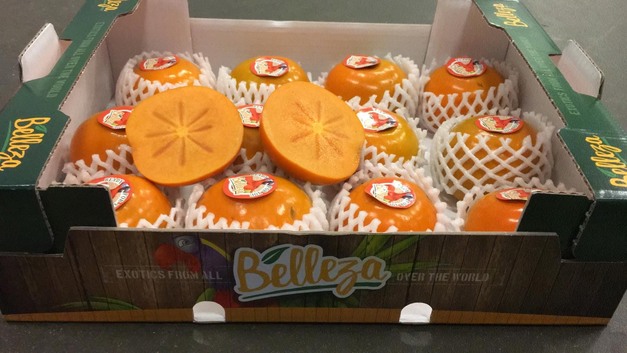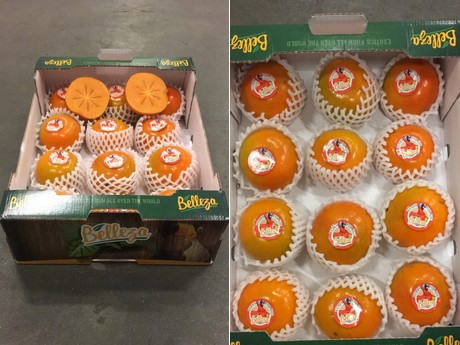With the end of the persimmon season in Spain and the South African season, which still has to get into full swing, the persimmons from Brazil are filling a gap in the European market. Tiago de Wit of Torres Tropical talks about the persimmons from the South American country.

Domestic market
"The cultivation of persimmons has been active for a long time in Brazil, they have been grown since 1820 and we have seen the area increase due to the influence of the Japanese population in the country over the last 20 years. At the moment the growth of the area of persimmons is stable, this is a small 5000 hectares of persimmons. The harvest runs from February to July/August. The peak of the season is in the months of April and May. This is when persimmons are the cheapest on the Brazilian market."
The cultivation in Brazil, however, is mainly focused on the domestic market. This is not only due to the demand, but also because the persimmons in Brazil are less suitable for export. The fruit ripens too quickly and loses firmness. Importers who import the fruit to Europe prefer to use air freight transport rather than by sea. This makes the persimmons on the European market for the season more expensive than other varieties.

Rojo Brillante
The persimmons in Brazil are different from the persimmons of other markets. "There are different kinds of persimmons available. One of the most well known is the Triumph (Sharon) which was originally bred in Israel. Another well known persimmon is the Rojo Brillante which was mainly grown in Spain. The most grown persimmon in Brazil is a much older variety: the Fuyu, which is much less suitable for the export.
However, those in Brazil are looking into growing the Rojo Brillante as well. "The question is whether this persimmon will become popular on the domestic market and that is most important for most growers in Brazil."
Expectations
Tiago does see a good demand for the persimmon in Europe. The German market in particular has a rising demand for persimmon at the moment. Yet he doesn't expect the Brazilian persimmons to be able to compete with the Spanish persimmons, for example. "If we can also grow the Rojo Brillante in Brazil for the export, the transport will be much more expensive, the costs for production are also higher compared to Spain."
The prospects for the Brazilian season are good. "Compared to last year the harvest is stable and we are looking at a good yield of around 30 tonnes of khaki per hectare. Yet we have to wait and see what the weather will do and how the peak in April/May goes with the harvest. This causes the prices on the domestic market to drop."
For more information:

Tiago de Wit
Torres Tropical BV
+316 53763217
twit@torrestropical.com
www.torrestropical.com
